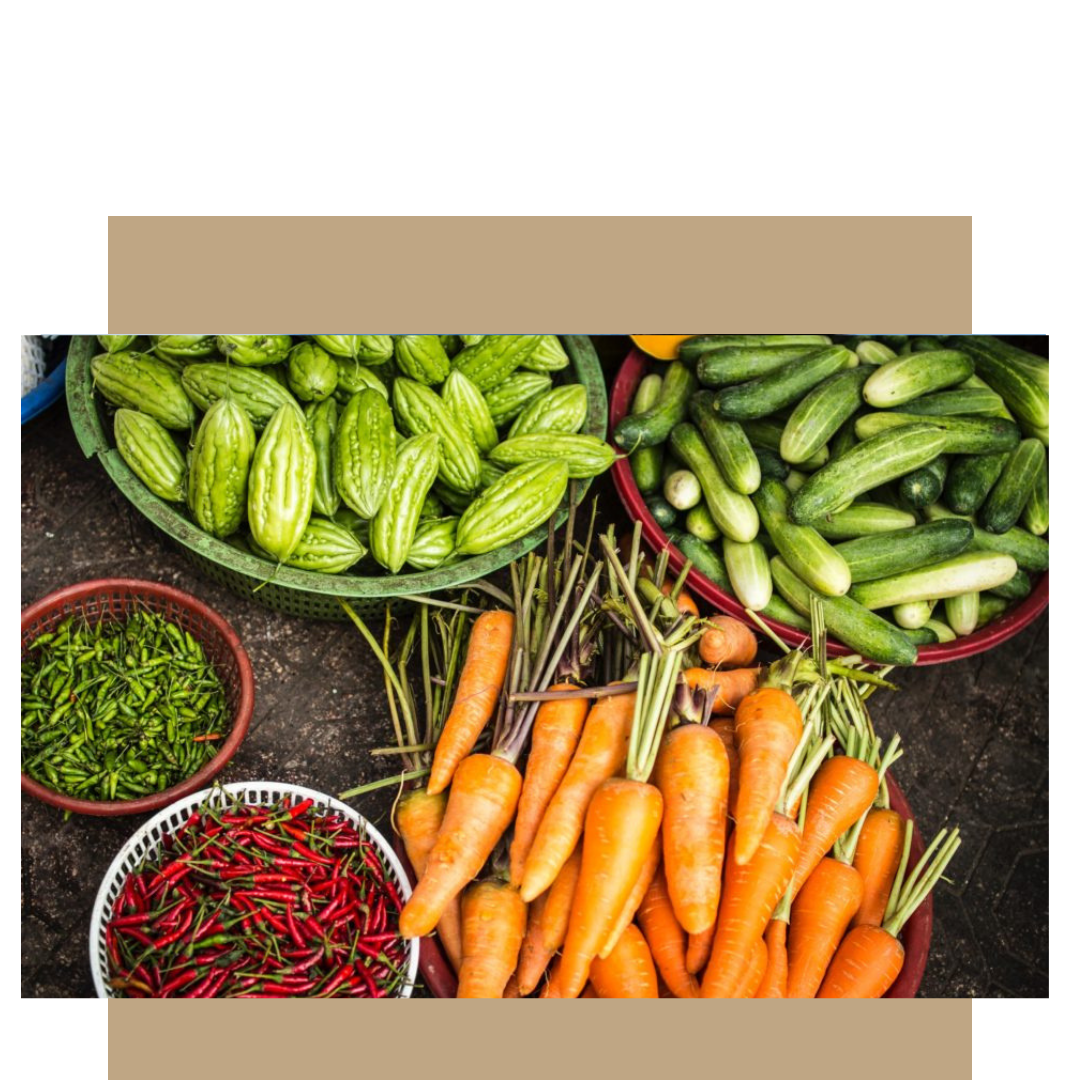My grandparents raised cattle and chickens and grew a huge garden filled with peas, beans, tomatoes, and all the fresh produce they and their neighbors could ask for. It wasn’t how they made their living but it certainly made for some living! My fondest memories were visiting my grandparents’ ranch and helping my grandfather gather eggs and pick persimmons.
Something about food at their house was so different than anything we ate at home. It was an experience! We didn’t live in the country and certainly didn’t farm anything. As a family of little means, my mom made food stamps stretch as far as possible, which typically included staples that were cheap and filling, like rice, beans, macaroni and cheese, top ramen and spam. Fresh, local food just wasn’t something that was available or affordable unless we were out on my grandparents’ farm. I did not even hear of a farmer’s market until I was in my 20’s.
I’m not alone here either. While farmer’s markets are taking off nowadays, 10 years ago even, they were not nearly as prevalent. The late 19th and early 20th centuries saw the rise of commercial farming riding the waves of the industrial revolution. This boom was encouraged by legislative measures that essentially severed ties between the local farmer and the customer and reinforced the retail structure we are all familiar with today. Consumers no longer knew the provenance of their food, but instead purchased their food second hand. This took a financial toll on small farmers who couldn’t compete with growing food in a mass production way. It took some time, but farmers began to revolt and gradually some restrictions have been lifted enough for farmer’s markets to, thankfully, thrive.
Most of us do not have the time or the space to grow food and raise livestock the way my grandparents did. This is the beauty of farmers markets! These local conglomerations of farmers and artisans bring the benefits of farm fresh produce and local talent to you! Farmer’s markets represent the purest form of buying local – supporting your community members’ efforts to raise their families and make a contribution rather than lining the pockets of a corporate machine far removed from your local neighborhood. Farmer’s markets provide you with a local alternative to industrialized farming that is focused solely on money and mass production. And because most farmer’s markets’ wares are produced within a 100 miles radius, you can be rest assured you are helping support jobs for your local economy!
Farmer’s markets also mean the freshest and most nutritious produce is picked in season at the peak of it’s life cycle. Because the produce doesn’t have to be shipped thousands of miles, it doesn’t have to be frozen, it doesn’t have to be picked prematurely, and it doesn’t lose vital nutrients in transit. This is a benefit you can taste! If you’ve never bitten into a fresh, local tomato versus one you’ve picked up at chain store, you will notice a difference – I challenge you to go take the taste test!
Buying local is not just a boon for your hometown economy and neighbors, or for your personal taste buds and health. It’s also a boon for the environment. The impact of industrialized farming, compounded by the amount of fuel needed to ship produce thousands of miles to their final destinations and waste generated by the tremendous amount of packaging used, is an ongoing blight on our environmental conscience. Buying local on as many levels as possible helps ease the burden on our planet’s strained resources.
So whether your reasons are environmentally or economically altruistic in nature or perhaps you simply want the very best available taste and nutrition, I urge you not to take your local farmer’s market for granted. It hasn’t always been an option, but now that it is, take advantage of it! Make it a resource and a community landmark by supporting it! It’s your support and involvement that builds your local community and builds ties that will last for generations to come.




